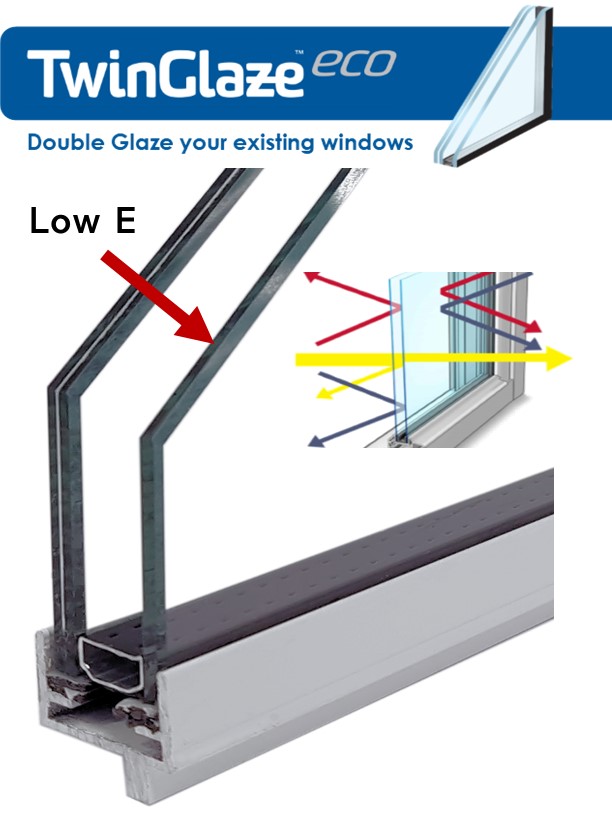All Categories
Featured
Table of Contents
Single, Double Or Secondary Glazing, Which Is The Best ... in Canning Vale Perth
Glazing merely suggests the windows in your home, including both openable and fixed windows, in addition to doors with glass and skylights. Glazing actually just means the glass part, however it is typically used to describe all elements of an assembly including glass, films, frames and furnishings. Taking note of all of these elements will assist you to achieve reliable passive design.
Energy-efficient glazing makes your home more comfy and dramatically decreases your energy expenses. Nevertheless, unsuitable or badly created glazing can be a major source of unwanted heat gain in summer season and substantial heat loss and condensation in winter season. As much as 87% of a house's heating energy can be gained and approximately 40% lost through windows.
Which Double Glazing Company Is The Best? in Cooloongu Perth
Glazing is a considerable financial investment in the quality of your home. The expense of glazing and the expense of heating and cooling your home are carefully related. An initial financial investment in energy-efficient windows, skylights and doors can significantly lower your annual heating & cooling costs. Energy-efficient glazing also reduces the peak heating and cooling load, which can decrease the needed size of an air-conditioning system by 30%, resulting in additional expense savings.

This tool compares window choices to a base level aluminium window with 3mm clear glass. Understanding a few of the essential properties of glass will help you to choose the best glazing for your house. Key homes of glass Source: Adjusted from the Australian Window Association The amount of light that travels through the glazing is referred to as noticeable light transmittance (VLT) or visible transmittance (VT).
Carnegie 3163, Vic. Amazing Service By Aps Double Glazing in Southern River Western Australia
The U value for windows (expressed as Uw), describes the conduction of the whole window (glass and frame together). The lower the U value, the higher a window's resistance to heat flow and the much better its insulating worth.
For instance, if your house has 70m2 of glazing with aluminium frames and clear glass with a U worth of 6. 2W/m2 C, on a winter season's night when it is 15C cooler outside compared to indoors, the heat loss through the windows would be: 6. 2 15 70 = 6510W That is equivalent to the overall heat output of a big room gas heater or a 6.
Benefits Of Double Glazing Low-e in Huntingdale Western Australia

If you choose a window with half the U value (3. 1W/m2 C) (for instance, double glazing with an argon-filled space and less-conductive frames), you can halve the heat loss: 3. 1 15 70 = 3255W The solar heat gain coefficient (SHGC) for windows (revealed as SHGCw) measures how readily heat from direct sunlight streams through an entire window (glass and frame together).
The lower a window's SHGC, the less solar heat it sends to your home interior. Glazing manufacturers declare an SHGC for each window type and design. The real SHGC for windows is impacted by the angle that solar radiation strikes the glass. This is understood as the angle of occurrence.
The Surprising Benefits Of Double Glazing In The Summer ... in Watermans Bay WA
When the sun is perpendicular (at 90) to the glass, it has an angle of occurrence of 0 and the window will experience the optimum possible solar heat gain. The SHGC declared by glazing manufacturers is constantly determined as having a 0 angle of incidence. As the angle increases, more solar radiation is shown, and less is transferred.
Table of Contents
Latest Posts
Does Double Glazing Reduce The Heat In Brisbane's Summer? in Spearwood Western Australia
Save Energy With Double Glazed Windows in Hocking WA
Triple Glazing – Pros & Cons in Ocean Reef Western Australia
More
Latest Posts
Does Double Glazing Reduce The Heat In Brisbane's Summer? in Spearwood Western Australia
Save Energy With Double Glazed Windows in Hocking WA
Triple Glazing – Pros & Cons in Ocean Reef Western Australia